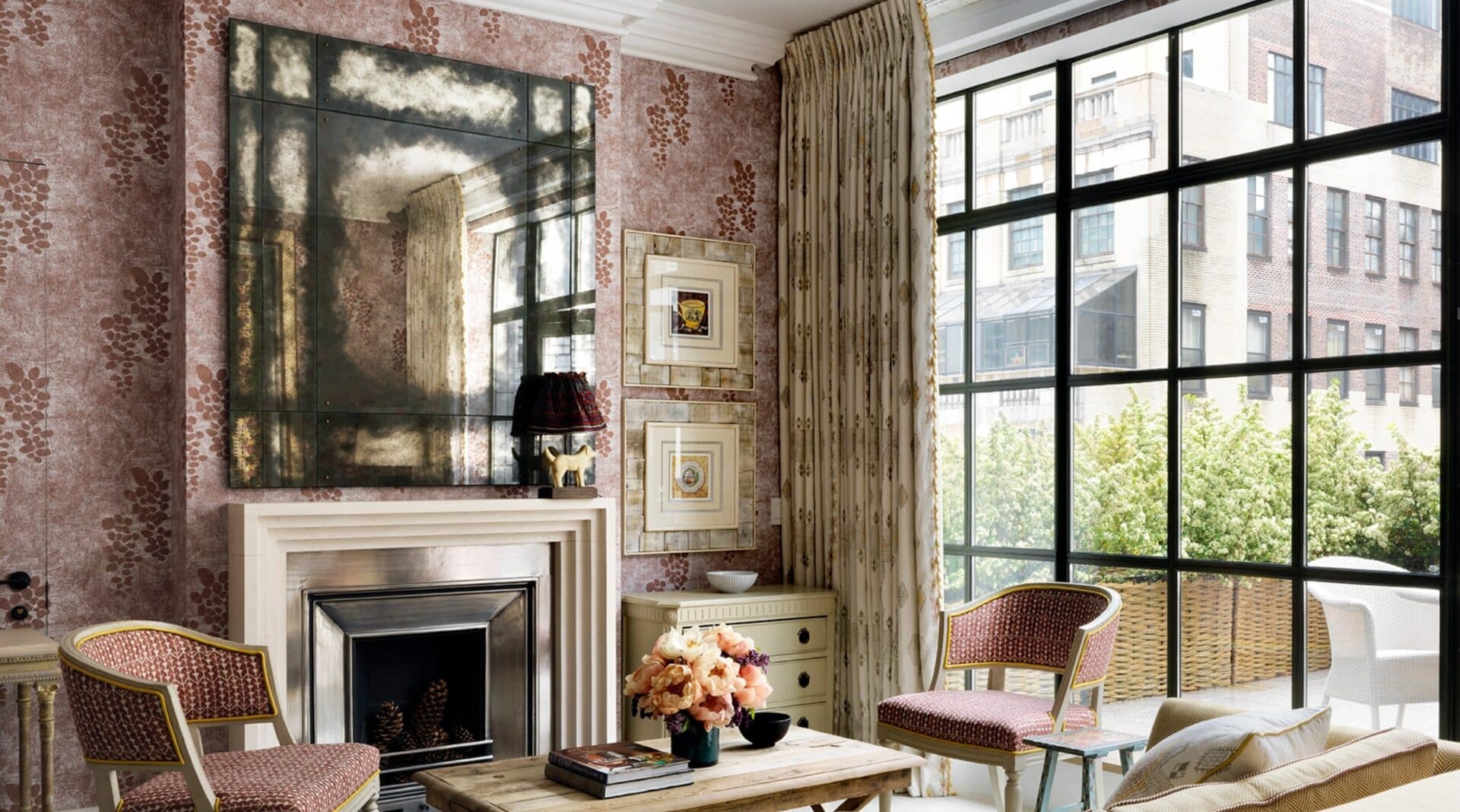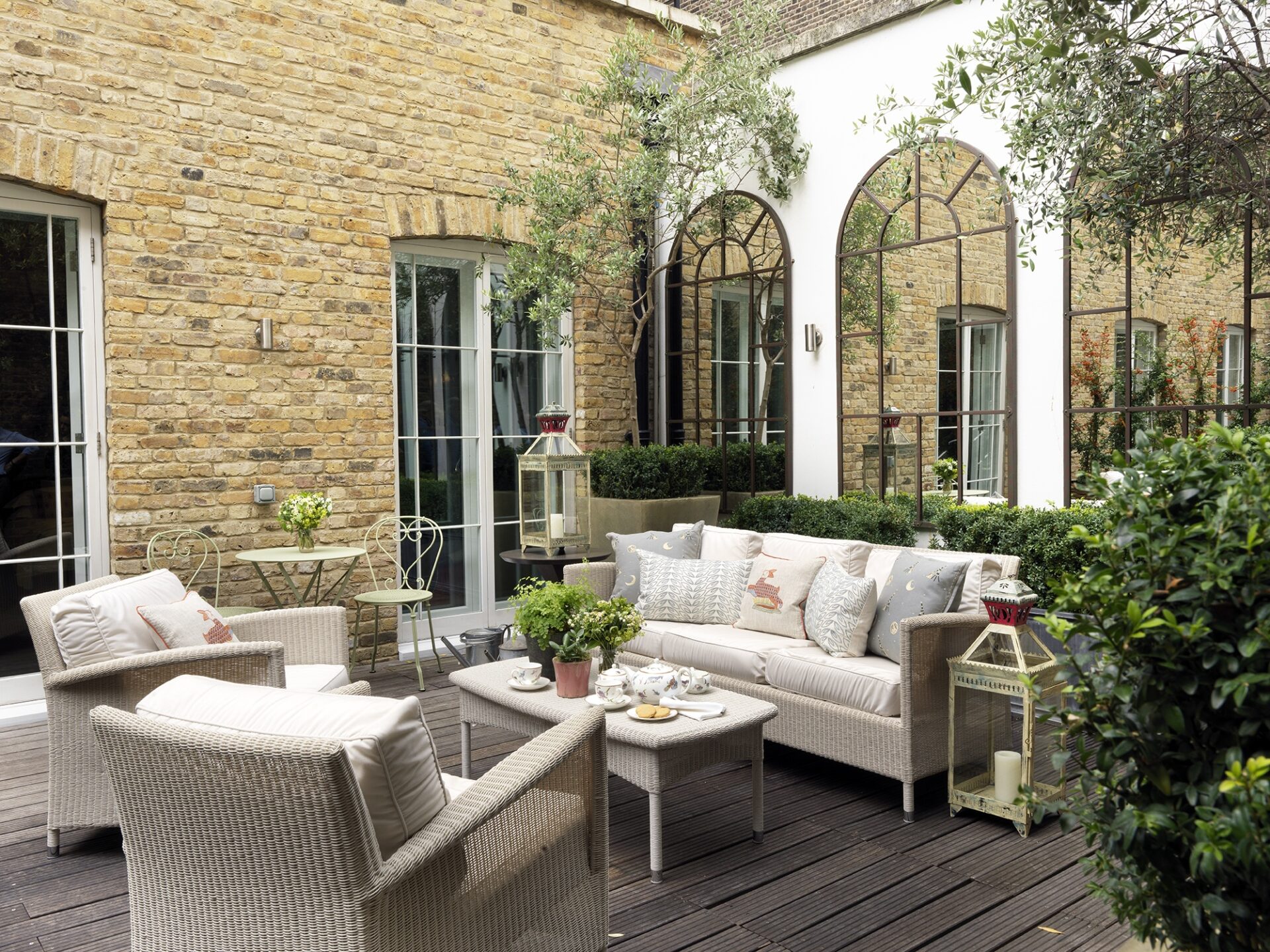Mirrors, the greatest love for some and mortal enemy to others, have been in existence for around 6000 years. From ancient Egypt and Mesopotamia to the past civilisations of China, humans have always been fascinated with reflections.
The use and scale of mirrors has grown exponentially. There are a number of truly magnificent mirrored buildings and sculptures that are considered some of the most progressive architectural achievements of our time.
One such example is the famous Cloud Gate sculpture in Chicago’s Millennium Park. Affectionately known as The Bean, it was designed by British sculptor Sir Anish Kapoor and is designed so that 80% of the sky is reflected in the sculpture as it bends down to create a gate-like shape. People are so drawn to the reflection and desire to touch the piece that there is a dedicated team to wipe down the bottom 6 feet of the sculpture seven times a day!
For scale on another level entirely, one need look no further than the indominable Dame Zaha Hadid. Her Opus building in the Burj Khalifa district of Dubai makes exceptional use of reflective glass to create this jaw dropping building – a reaction that’s hard to achieve in a city of architectural masterpieces.
Breaking a large mirror into panels is a clever way of keeping things from being too plain. As you can see in The Crosby Bar in NYC, we’ve made use of such a design which gives the illusion of having doubled the collection of lights hung in the space.
Mirrors can help you create something jaw dropping in your own home too. Here in the Kit Kemp Design Studio, we’ve been looking back on where we’ve used mirrors to transform our interiors from interesting to stand out.
Follow our simple do’s and don’ts for using mirrors – you won’t regret it!
Don’t be afraid to go big. Cladding an entire wall in a mirror, as we’ve done in the Araminta Room at The Whitby Hotel, quite literally doubles the space and light. The effect is impressive and subtle at the same time.
If you’ve got a small space that you’re struggling to make sense of, think about using mirrors on one of the walls and a beautiful wallpaper everywhere else to create the feel of a much bigger space.
Do experiment with textures. Mirrors certainly aren’t one dimensional. A fabulous way to use mirrors in your home is by adding an antique finish.
Here you can see the subtle depth and layers this mirror gives a space. Mounted on a kitchen splashback, behind your bookshelves or in a seemingly awkward niche are all great ways of treating a wall that needs a little oomph.
The distressed finish on this mirror above the fireplace is an unusual way of using texture to create something impressive. The muted reflection of the fabric walling and natural light creates another dimension altogether.
In the Terrace Suite at The Whitby Hotel in New York, we’ve layered a pair of sculptures and artwork over an antique mirror clad wall. This creates a multi-faceted space that embraces the fabric and colour scheme in a truly holistic way.
Don’t forget to take your mirrors outdoors. Mirrors in a garden or outdoor terrace are a fabulous way of creating the illusion of space, particularly in small city gardens or rooftops.
In our Terrace Junior Suite at Haymarket Hotel, we’ve used a collection of arched mirrors to break up the plain white wall and help build character by using the reflections of the brickwork opposite.
Do embrace mirrors on a smaller scale. We’ve just been talking about using mirrors on a large scale, but remember its use in the smallest of spaces can still be impactful.
Framing your artwork with a mirror cements the relationship between interior and artwork. The two become linked through the reflection of the frame’s surroundings and the changing light throughout the day keeps things dynamic.
Do use mirrors to accentuate how clever your design is. A well placed mirror duplicates your favourite design features of a room. In the Oak Leaf Suite at Ham Yard Hotel, the citrus yellow wall, magnificent lion head sculpture and plinth-style pendant light are all reflected against the small scale wallpaper.
Likewise in the Terrace Suite, you almost do a double take when walking into the bedroom. The fabric for the headboard is showcased against the striped walls without them truly meeting in reality.
So go ahead and be free with your use of mirrors, they are very forgiving and an easy application to get right!













